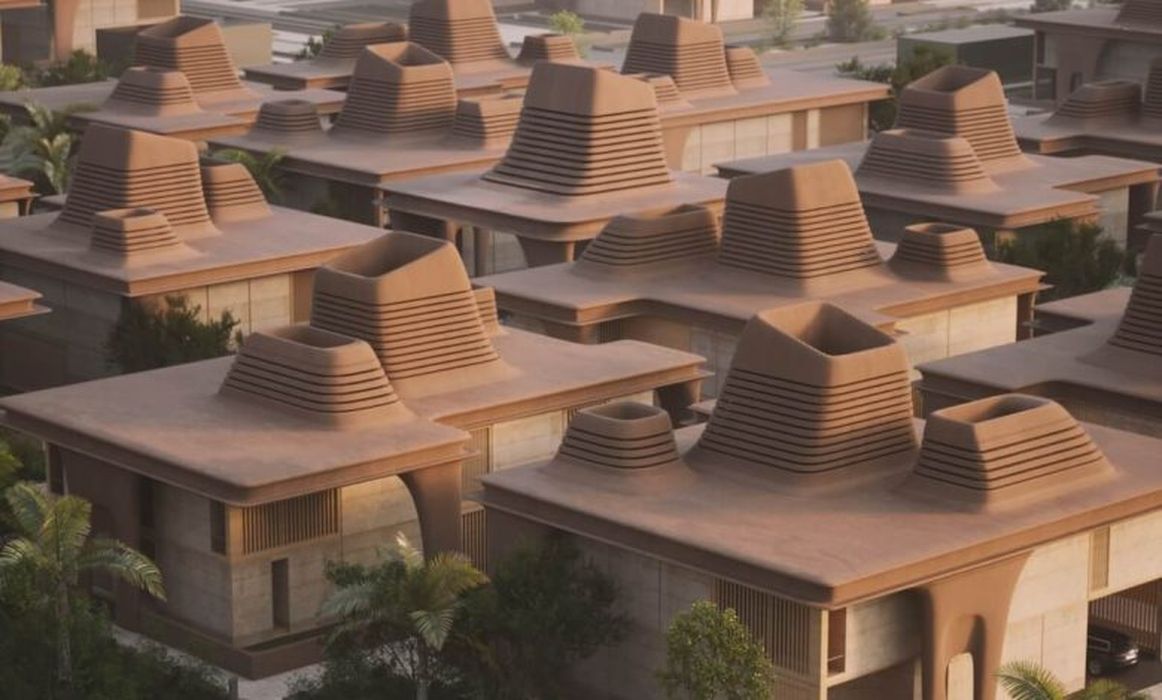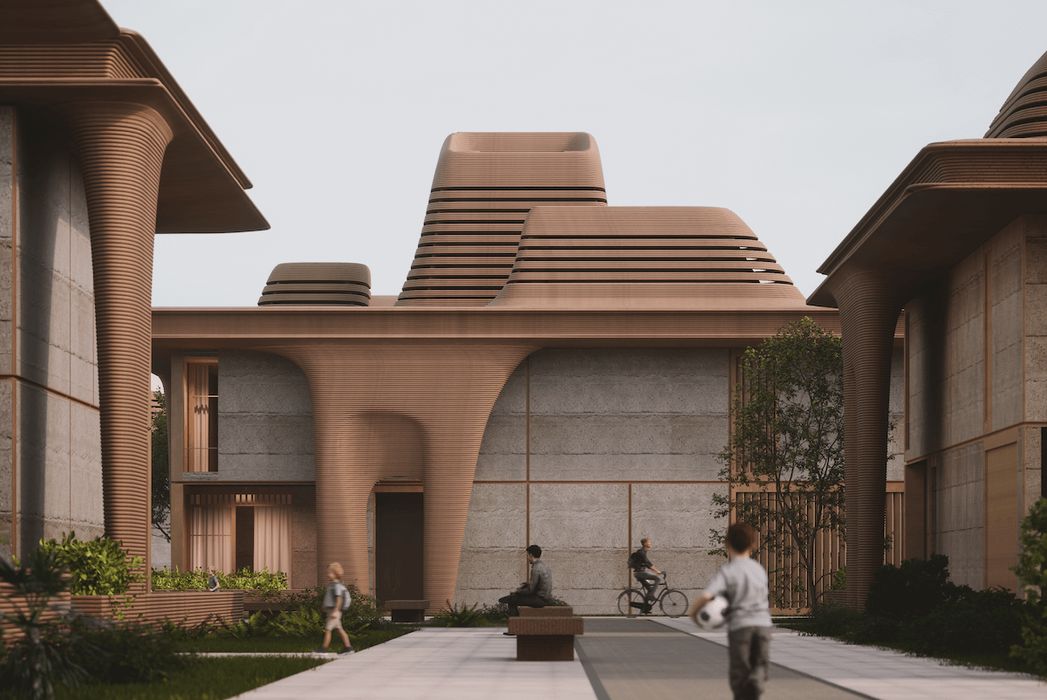
The Zephyr House project aims to use modularity and technology to address the need for energy-efficient and environmentally friendly housing solutions.
In an innovative step towards sustainable living and modern architectural design, the Zephyr House project – by Kalbod Design Studio, part of the Kalbod Construction Group – has made significant strides in integrating advanced technology such as 3D printing with traditional architectural elements, according to Amazing Architecture.
This initiative, which is expected to materialize at some point in the future, aims to address the need for energy-efficient and environmentally friendly housing solutions in today’s rapidly changing world.
At the heart of the project lies the construction of four unique modular houses, which, when replicated, form a cohesive town of sixteen residences. This modular approach not only facilitates a rapid and cost-effective construction process but also contributes to the project’s scalability and adaptability to various environments.

Central to the Zephyr House’s ethos is its commitment to reducing carbon emissions and enhancing green spaces. The town’s layout emphasizes pedestrian and cyclist-friendly pathways – reducing the reliance on vehicles. In addition, community-centric features such as main streets, central gathering spaces, electric car charging stations, and local amenities are integral to fostering a vibrant and sustainable living environment.
A notable innovation in Kalbod Design Studio’s project is the use of 3D printing and prefabricated panels in the construction of each house. These techniques allow for the rapid assembly of homes – reportedly within just two weeks – underscoring the project’s emphasis on efficiency and environmental stewardship.
Furthermore, the choice of materials plays a crucial role in the project’s sustainability goals. By utilizing locally sourced materials like desert sand, adobe, and rammed earth, the project significantly reduces its reliance on conventional cement.
Read the rest of this story at VoxelMatters
